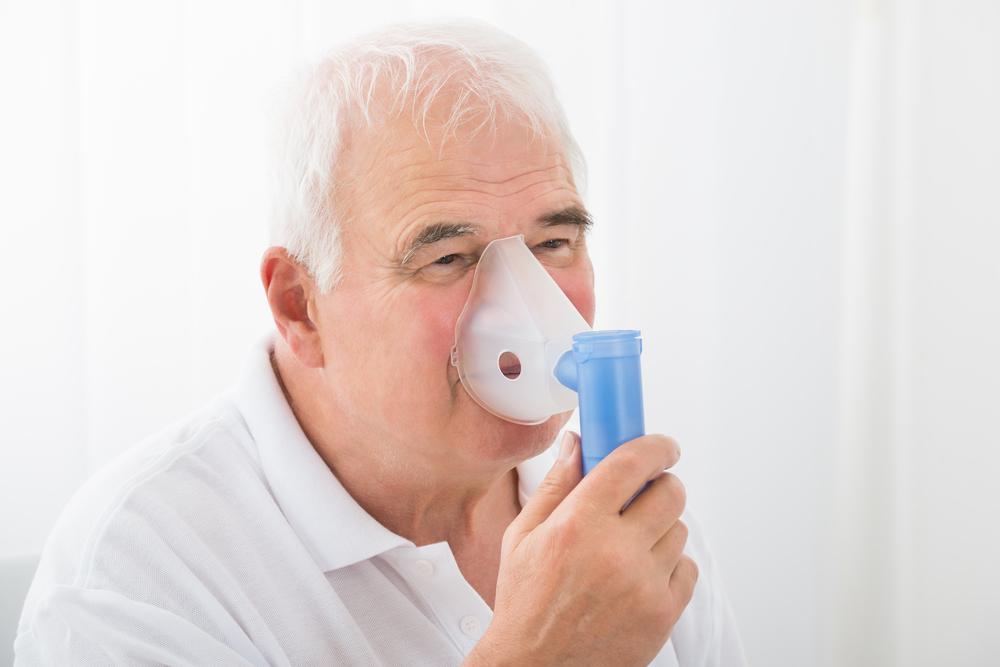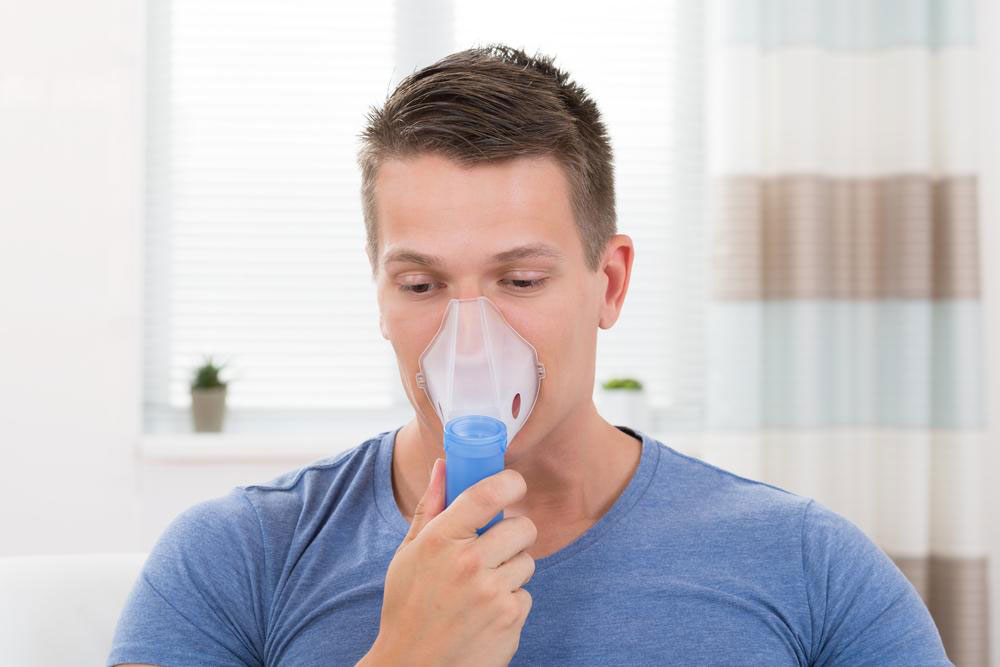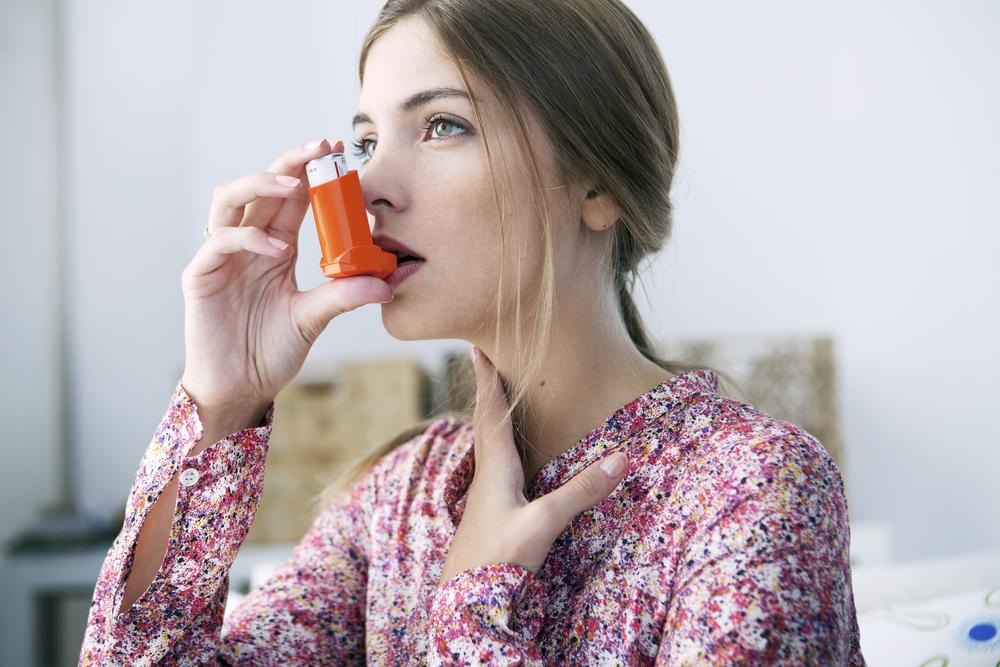Comprehensive Guide to Essential Inhalers for COPD Patients
This comprehensive guide explores essential COPD inhalers vital for managing symptoms, including detailed usage, possible side effects, and treatment strategies. Emphasizing early diagnosis, proper medication use, and lifestyle modifications, it aims to empower patients in controlling their condition and preventing complications effectively.

Vital Inhalers for Effective COPD Management
Chronic Obstructive Pulmonary Disease (COPD) is a prevalent lung condition that poses significant health challenges worldwide. Research shows that approximately 90% of smokers and about 20-30% of the general population develop COPD due to prolonged exposure to cigarette smoke and other harmful airborne chemicals. This progressive disease impairs breathing, making everyday activities difficult and significantly affecting quality of life. Although COPD is currently incurable, early detection and proper management are crucial to controlling symptoms and preventing severe complications. Diagnostic procedures such as chest imaging, blood tests, and lung function assessments are essential for accurate diagnosis. Without timely treatment, COPD can lead to severe health issues, including cardiovascular problems, recurrent lung infections, and potentially life-threatening emergencies.
Recognizing COPD Symptoms
Early symptoms of COPD often include shortness of breath during physical exertion, frequent throat clearing, and persistent coughing. As the disease progresses, symptoms intensify, leading to dizziness, chest tightness, recurrent respiratory infections, fatigue, and increased difficulty breathing. Recognizing these signs early can help in timely intervention, which can significantly improve patient outcomes.
Prolonged smoking remains the leading cause of COPD, especially impacting individuals over 40 who have a history of heavy tobacco use. Accurate diagnosis involves a detailed discussion of symptoms, family history, current medications, and allergies with healthcare professionals. While no cure exists for COPD, multiple treatment strategies aim to enhance the patient's ability to perform daily activities, reduce symptoms, and prevent the development of complications. These strategies include pharmaceutical therapies, lifestyle modifications, oxygen therapy, and surgical options when necessary. Among these, inhalers are indispensable tools for managing and alleviating COPD symptoms effectively.
Managing COPD involves a combination of medication, lifestyle adaptations, and sometimes surgical interventions. The goal is to improve airflow, reduce inflammation, and manage mucus production. For many patients, inhalers are the cornerstone of treatment, providing targeted delivery of medications directly to the lungs. In severe cases where medication alone is insufficient, procedures such as lung volume reduction surgery or lung transplants might be considered to improve respiratory function.
Key COPD Inhalers and Their Roles
For effective management of COPD, several inhalers are commonly prescribed. Each has specific indications, mechanisms, and potential side effects. Understanding these medications can help patients adhere to their treatment plans and recognize when to seek medical advice.
Proventil (Albuterol)
This inhaler acts as a rescue medication, providing rapid relief during sudden episodes of breathlessness. It contains albuterol, a fast-acting bronchodilator that relaxes airway smooth muscles, allowing for easier airflow. Its quick action makes it essential for emergency situations during COPD exacerbations.
Side Effects:
Sore throat, ear, and nasal infections
Nervousness, nausea, rapid heartbeat
Atrovent (Ipratropium)
This inhaler contains ipratropium, an anticholinergic agent that prolongs airway dilation. It is primarily used for long-term management and prevention of COPD symptoms but is not suitable for rapid relief during acute episodes.
Side Effects:
Chest discomfort with initial doses
Blurred vision, eye pain
Painful urination
Brovana (Arformoterol)
Designed for maintenance therapy, Brovana offers long-lasting bronchodilation. It requires twice-daily dosing and is not intended for asthma management or emergency relief. Its effectiveness is seen in sustained symptom control, helping reduce exacerbations over time.
Side Effects:
Sudden breathing difficulties after inhalation
Increased blood pressure and heart rate
Possible allergic reactions including rash and swelling
Breo Ellipta (Fluticasone Furoate and Vilanterol)
This combination inhaler is designed for once-daily use, combining a corticosteroid with a long-acting beta-agonist. It reduces airway inflammation and relaxes airway muscles, effectively decreasing mucus production and improving airflow in long-term COPD management.
Side Effects:
Elevated blood pressure, rapid heartbeat
Allergic reactions such as headaches and face or lip swelling
Using inhalers correctly is critical in managing COPD effectively. Patients should always consult healthcare professionals for proper inhaler technique, adhere strictly to prescribed dosages, and carry a rescue inhaler for emergencies. Regular follow-up visits help monitor disease progression and medication efficacy. Lifestyle changes, including quitting smoking, avoiding lung irritants, maintaining proper nutrition, and engaging in suitable physical activity, are essential for improving overall health and minimizing disease complications. Education about inhaler use and disease management empowers patients to take control of their condition and enhance their quality of life.
In conclusion, while COPD remains a chronic disease without a cure, advancements in inhaler therapies have substantially improved symptom control and patient outcomes. Recognizing key inhalers, understanding their mechanisms, and adhering to treatment plans are vital steps in managing COPD effectively and maintaining a better quality of life.





